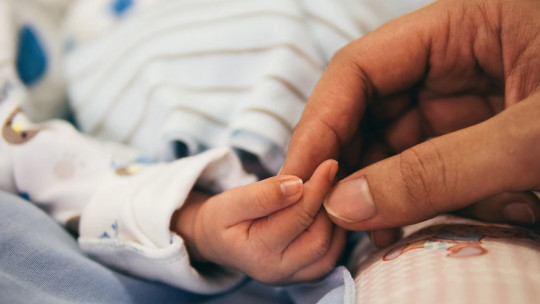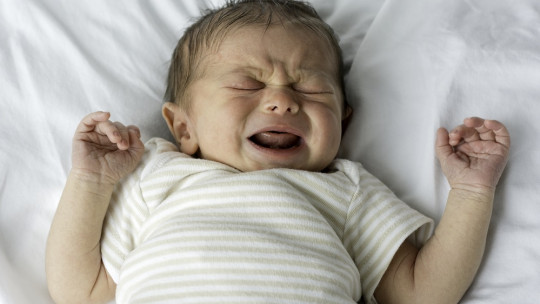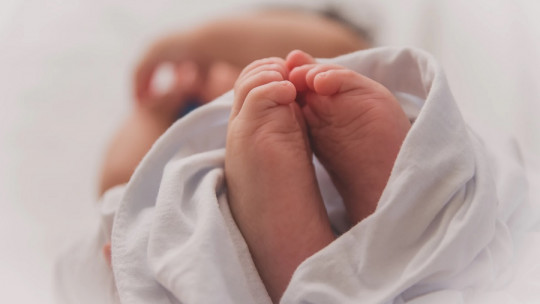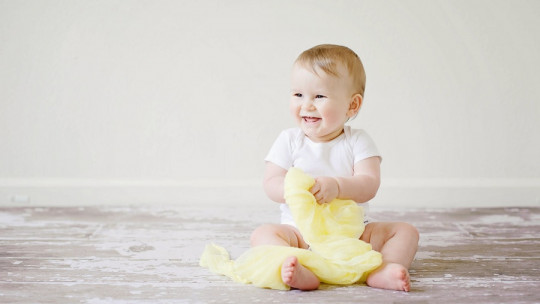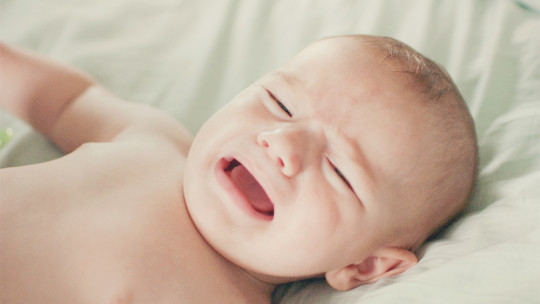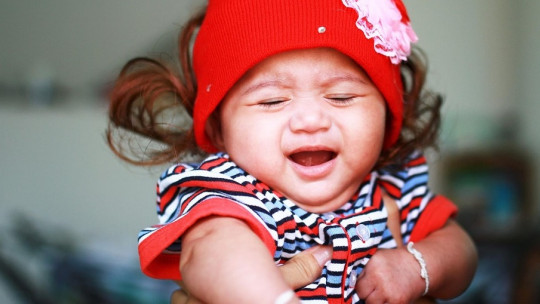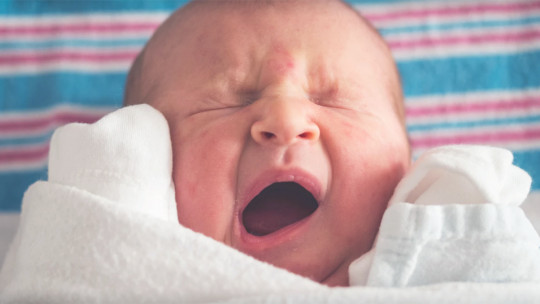
Throughout our development as a species, human beings have inherited reflexes from our non-human ancestors, behaviors that depend on the central nervous system and occur in response to certain types of stimulation. A special case is that of primitive reflexes, which appear in babies but they are lost after a few months of life.
In this article we will see what these reflexes of ancestral origin are and how they are expressed during the first weeks after birth.
Primitive reflexes in babies: types and characteristics
The reflections are activation patterns of movements that are triggered by certain stimuli and that occur automatically and beyond our consciousness, and always in the same way, and that they are caused by nerve cells that are not part of the brain. They usually originate from an adaptation to the environment, given that the nerve cells that set them in motion form a network of interconnections that does not pass through the brain, so that very little time passes between the capture of the stimulus and the appearance of the reaction. which in certain situations helps us avoid dangers.
However, sometimes these reflexes become useless as a lineage of animals evolves and moves further away from the types of behaviors and ecological niche that served it in the past. This is what happens with some of babies’ primitive reflexes: These are “remains” of adaptation mechanisms that were useful millions of years ago, but since they are no longer so, they give way to another type of functioning of the nervous system, so their existence in members of our species only lasts a few weeks. In other cases, they are mechanisms that are only useful when we are babies, and that can occur without the child being able to plan patterns of action or be clear about the objectives to be achieved.
Below we will describe 12 of the most characteristic primitive reflexes of early childhood. Unlike the blink, refraction, or patellar reflex, primitive reflexes are not maintained throughout adulthood; Its origin is associated with an increase in the survival of babies in the conditions in which our species evolved.
The absence of these reflexes is a sign of neurological problems, although sometimes it may also be due to conditions of stress or psychological discomfort. On the contrary, the presence of primitive reflexes in stages of development in which they should not remain also indicates some type of alteration of the brain.
1. Grasping
Before reaching approximately half a year of age, babies are able to forcefully grasp objects with their fingers if they press the palm of one of their hands. At an adaptive level, it allows children to suspend their own weight for a short period of time. The origin of this reflex probably has to do with the times when babies clung to the fur of their mothers or fathers.
2. Search or searching
The rooting reflex is associated with breastfeeding: when babies under 4 months notice something touching their cheek or mouth, They turn their head towards the object and open their mouth to suck it This reflex is also detected in some adults with severe cerebral palsy.
3. Suction
The sucking reflex acts in a complementary way with the search reflex. When babies notice something touching their palate, they instinctively press it with their tongue; The function of this reflex is to promote milk secretion by the mother’s nipple.
4. Crawling
This behavior appears when the baby’s belly is supported on a surface and the baby’s foot is held; The little one begins to move all four limbs in a coordinated manner to move across the ground. At 4 months this reflex is no longer present.
5. Automatic gear
As its name suggests, this reflection allows babies to take rhythmic steps when held upright with bare feet on a flat surface. It disappears between 2 and 3 months of life as a result of changes in the relative weight of the legs.
6. Swimming
If a baby is held with his belly against the water, for example in a bathtub or on the beach, he begins to move his arms and legs and exhale air through his mouth, although he may swallow a lot of water in the process. The swimming reflex disappears at 6 months of age.
7. Moro or shock
The Moro, startle or hug reflex occurs when babies under 5 months old hear a sudden loud noise Stimulation of this type causes them to first extend their arms and legs and then close their arms against their own body. This reflex would help babies stay attached to their mothers while being carried.
8. From Babinski
When you hit the side of a baby’s foot, he extends the big toe backwards and separates the rest of the toes while twisting the foot inward. The absence of this reflex often indicates insufficient myelination of the motor pathways of the brain stem.
9. De Magnus or cervical tonic
The tonic asymmetric neck reflex causes babies to turn their heads to one side and adopt a protective posture when placed on their back. It is a behavior that precedes coordination between eyes and hands It is sometimes also called the “fencer’s reflex” or “fencing position.”
10. De Landau
This reflex, which disappears after 3 or 4 months, is triggered when the baby is suspended face down with the head flexed. First, extend the head, trunk and legs, and then flex the rest of the body. One of the primitive reflexes that involve more muscles.
11. Babkin or palmarmental
The Babkin reflex is triggered by pressing both palms of the baby’s hands while he is lying down backwards. When this happens the little one opens his mouth, closes his eyes and turns his head. It also stops appearing between 3 and 4 months of age.
12. De Galant
The infantile Galant reflex is present during the first 6 months after birth. It consists of turning the body, with a search or orientation function, when noticing the baby touching your back.

